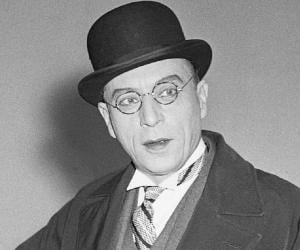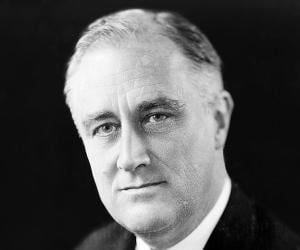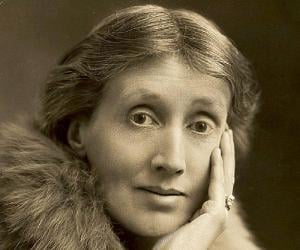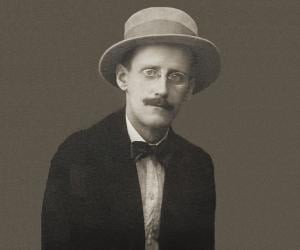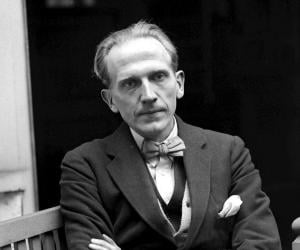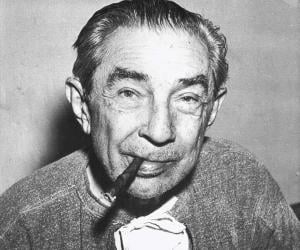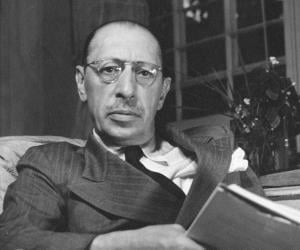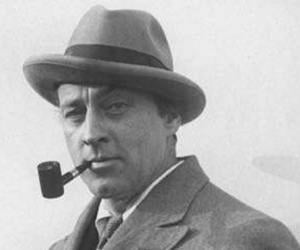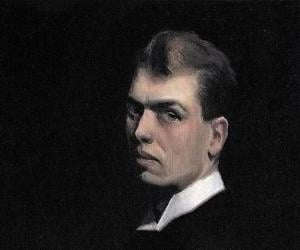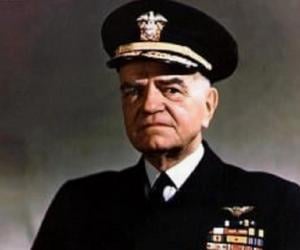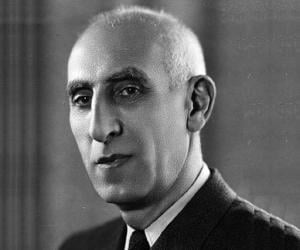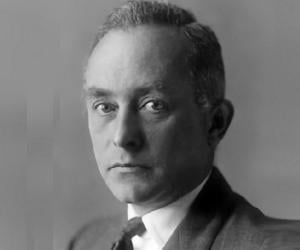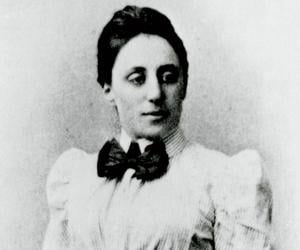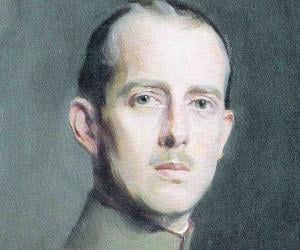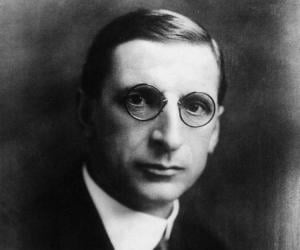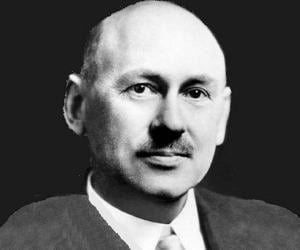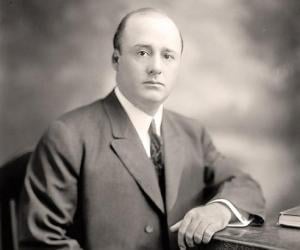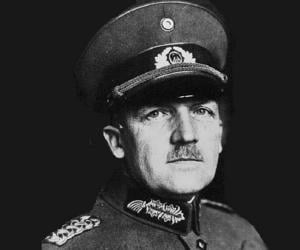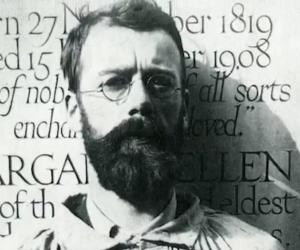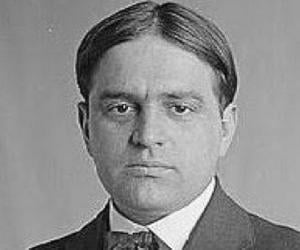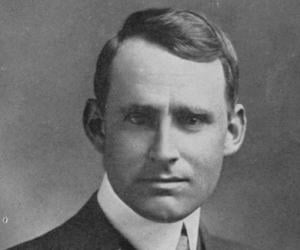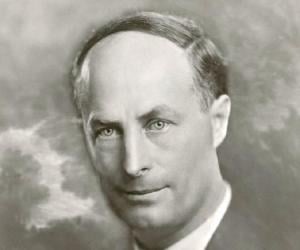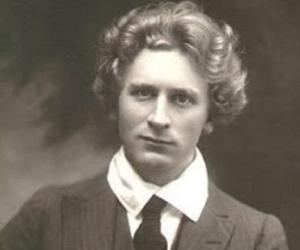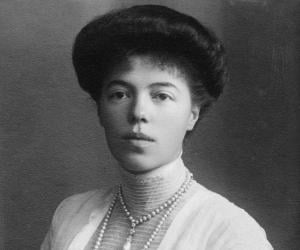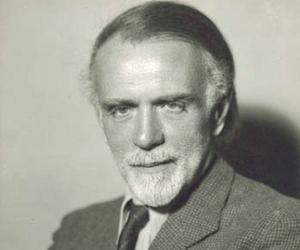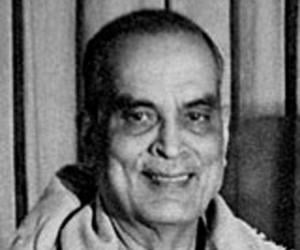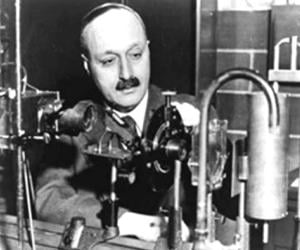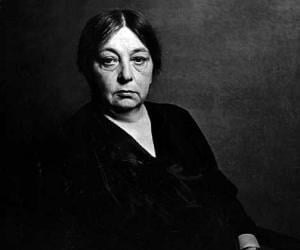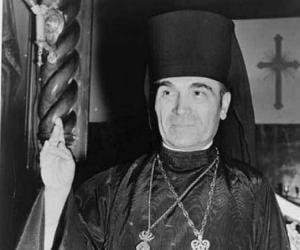F D Roosevelt was the 32nd president of the United States and was in the office from 1933 to1945. Qualified as a lawyer, he entered politics as an ambitious young man, inspired by his relative Theodore Roosevelt, a fellow politician. F D Roosevelt had an illustrious political career and is rated by scholars among the nation's greatest presidents.
Virginia Woolf was an English writer who pioneered a narrative mode called stream of consciousness to describe the thoughts and feelings of the narrator. Regarded as one of the most prominent modernist 20th-century writers, Woolf's works have gained much attention for inspiring feminism. Her life and work have inspired several films, novels, and plays.
James Joyce was an Irish novelist, poet, teacher, short story writer, and literary critic. Widely considered one of the 20th century's most important and influential writers, James Joyce contributed immensely to the modernist avant-garde movement. Joyce's work has influenced several scholars and writers, such as Jorge Luis Borges, Salman Rushdie, Seán Ó Ríordáin, Flann O'Brien, John Updike, and Cormac McCarthy.
A. A. Milne was an English author best known for his books about the teddy bear Winnie-the-Pooh. He joined the British Army as a young man and served in both World War I and World War II. In his career as a writer, he wrote several novels, non-fiction pieces, articles, poems, screenplays, and children’s stories.
Four-time Grammy-winning Russian composer and pianist Igor Stravinsky is regarded as one of the greatest composers of the 20th century. He is remembered for his ballets The Firebird, Petrushka, and The Rite of Spring. He broke the traditional flow of music and incorporated his own style.
Edward Hopper was an American painter and printmaker. An exponent of American Realism, Hopper is best remembered for his oil paintings. He is also widely known as a printmaker in etching and watercolorist. Edward Hopper has had a significant impact on the art world in the USA. Artists like Mark Rothko and Jim Dine have cited him as an influence.
Emmy Noether was a German mathematician best remembered for her contributions to abstract algebra. She is credited with discovering Noether's theorem, which is regarded as a fundamental theorem in mathematical physics. One of the most important mathematicians of her generation and the most important woman in mathematics history, Emmy Noether developed theories of algebras, fields, and rings.
Prince Andrew of Greece and Denmark, the son of King George I of Greece, served as a major general in the Greco-Turkish War of 1919–1922. The Turkish forces recaptured Smyrna and Andrew was blamed for the loss of Greek territory. As a result, he was exiled from Greece and he lived in France where he died.
Irish statesman Éamon de Valera served as the 3rd President of Ireland from 1959 to 1973. An influential political leader in 20th-century Ireland, he played a key role in introducing the Constitution of Ireland. Prior to becoming the president, he served as Taoiseach on three different occasions. He was an austere, stern, and unbending figure.
The son of a machine shop owner, Robert H. Goddard grew up to become a pioneer of rocketry. Interested in physics and mechanics since childhood, he dreamed of space flight. He developed the world’s first rocket that ran on liquid fuel. NASA's Goddard Space Flight Center is named after him.
German general Kurt von Schleicher was the last Chancellor of the German Reich, or Weimar Republic, before Adolf Hitler came to power. He was killed on Hitler’s orders during the purge called the Night of the Long Knives. He had attempted to form an anti-Hitler coalition called the Querfront.
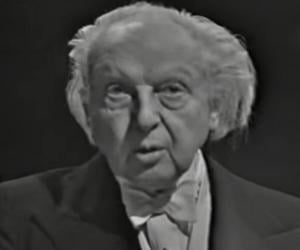
English sculptor and printer Eric Gill first gained attention with his work Mother and Child. Apart from co-founding the St. Dominic’s Press, he also contributed to the illustrations and woodcuts for The Four Gospels. He was also infamous form his deviant sexual behavior, which included incest and animal abuse.
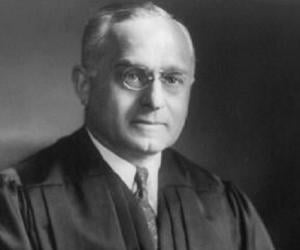
Arthur Eddington was an English physicist, astronomer, and mathematician. He wrote numerous articles that explained Albert Einstein's theory of general relativity to the English-speaking world. He began his career in academics and eventually shifted to astronomy, becoming the chief assistant to the Astronomer Royal at the Royal Greenwich Observatory. He was a recipient of the Henry Draper Medal.
Douglas Mawson was an Australian Antarctic explorer, geologist, and academic. Counted among the most important leaders of the Heroic Age of Antarctic Exploration, Mawson was honored with a knighthood in 1914. Best remembered for his contribution to Australian geology, Mawson was featured on the Australian one-hundred-dollar note from 1984 to 1996.
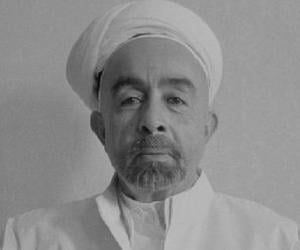
Abdullah I of Jordan reigned as the King of Jordan from 25 May 1946 until his assassination on 20 July 1951. Prior to his service as the king of Jordan, Abdullah I of Jordan served as the Emir of Transjordan from 11 April 1921 to 25 May 1946.
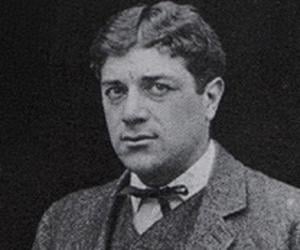
French painter Georges Braque is considered one of the pioneers of Cubism. His 1908 masterpiece Large Nude is one of his most celebrated pieces. Critics often argue whether Braque or Picasso had first begun developing Cubism, and many of their works are very similar in nature.
Born to an English father in Australia, Percy Grainger was raised by his mother after their parents’ split. Mostly homeschooled after being bullied by his batchmates, he developed a love for music and debuted as a pianist at 10. He revived English folk music and set up the Grainger Museum.
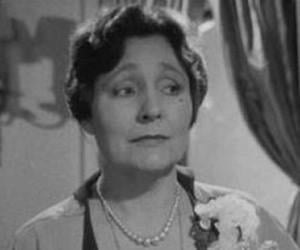
Grand Duchess Olga Alexandrovna of Russia, daughter of Emperor Alexander III, was a sickly but studious child. After leaving her first husband, who was homosexual, after a 15-year unconsummated marriage, Olga married Nikolai Kulikovsky and later fled with him and their children to escape the Russian revolution.
Hungarian composer and folk music legend Zoltan Kodaly pioneered what is known as the Kodály method of music education. His style reflected a fusion of Hungarian, Italian, and French tunes. His music originated from years of research on folk music in Hungarian villages, leading to his thesis on the same.
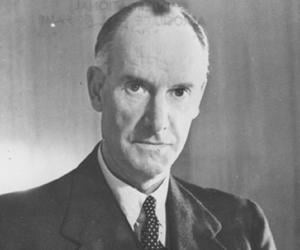
Aviation pioneer and aircraft designer Geoffrey de Havilland is best remembered for his double-engine warplane Mosquito and the jet airliner Comet. He was part of the Royal Flying Corps and had been knighted for his achievements. He was also the founder of the De Havilland Aircraft Company.
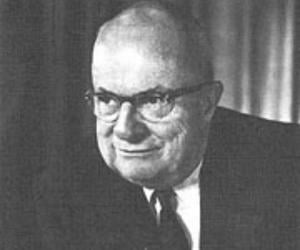
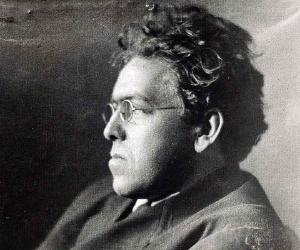
Bidhan Chandra Roy was an Indian educationist, physician, statesman, philanthropist, and freedom fighter. Widely regarded as the chief designer of modern West Bengal, Roy founded several institutions and four cities in the state. He also served as West Bengal's chief minister from 1948 to 1962. In 1961, Bidhan Chandra Roy was honored with India's highest civilian award, The Bharat Ratna.
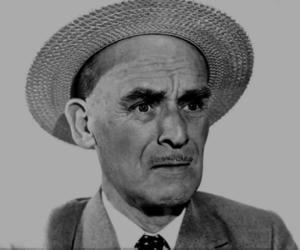
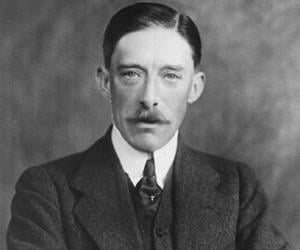
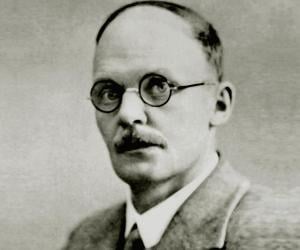
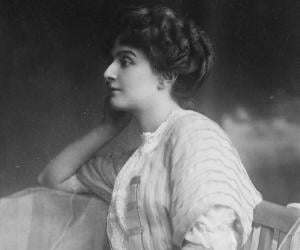
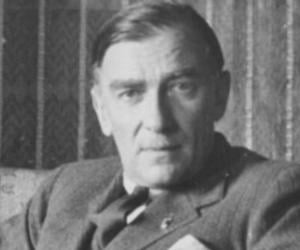
Karol Szymanowski was a Polish pianist and composer best remembered for his opera King Roger, which was composed between 1918 and 1924. An internationally recognized composer, Karol Szymanowski is the recipient of some of the highest national honors such as the Order of Merit of the Republic of Poland and the Order of Polonia Restituta.
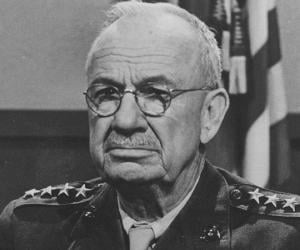
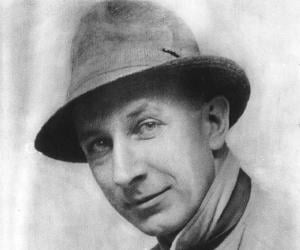
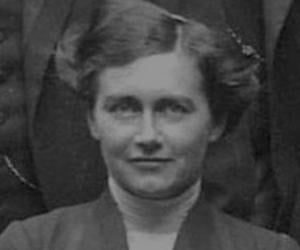
Better known as Carl Jung’s wife, Emma Jung was the daughter of one of the most affluent businessmen in Switzerland. Though she initially wished to study natural sciences, being a woman in her time, she couldn’t. Later a co-owner of a luxury watch company, she helped her husband financially in his career.
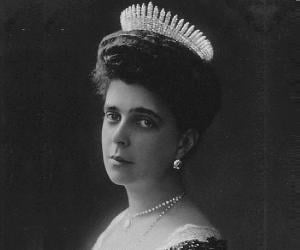
Grand Duchess Elena Vladimirovna of Russia was the youngest child of Grand Duke Vladimir Alexandrovich of Russia and Duchess Marie of Mecklenburg-Schwerin. Her marriage was arranged with Prince Nicholas of Greece and Denmark, and the wedding took place in 1902. The couple had three daughters. The duchess became involved in charity work later in life.
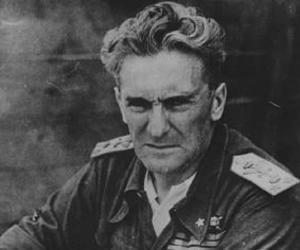
Italian military officer Rodolfo Graziani commanded Italy’s Regio Esercito, or Royal Army. He was a fascist figure who held significant political posts under the monarchy of Victor Emmanuel III and then under the leadership of Benito Mussolini. Known for his campaigns in Africa during World War II, he escaped imprisonment for his war crimes.
James Franck was a German physicist. Along with fellow physicist Gustav Hertz, he jointly received the Nobel Prize for Physics in 1925. He had a prominent academic career and served as the director of the Second Institute for Experimental Physics at the University of Göttingen. He later moved to USA and participated in the Manhattan Project during World War II.
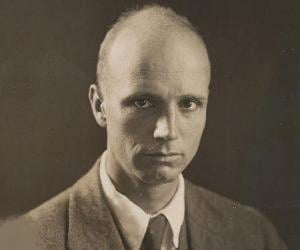
Sigrid Undset was a Norwegian novelist best remembered for her trilogy of historical novels, Kristin Lavransdatter. In 1928, she was honored with the prestigious Nobel Prize for literature, which she donated on 25 January 1940 in order to support the Finnish war effort during the Second World War. A crater on Venus is named in her honor.
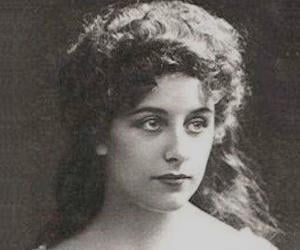
Geraldine Farrar was an American soprano who was known for both her musical talent and her beauty. She made her opera debut with Faust at the Royal Opera House and later also performed as the Monte Carlo Opera and the Metropolitan Opera. She also appeared in several silent movies, such as Maria Rosa.
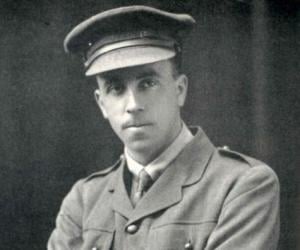
Harold Gillies was a New Zealand otolaryngologist who is considered the father of modern plastic surgery. He is also credited with pioneering sex reassignment surgery; he performed one of the earliest sex reassignment surgeries on Michael Dillon in 1946. Harold Gillies was also an amateur golfer and played in the annual Amateur Championship from 1906 to 1931.
